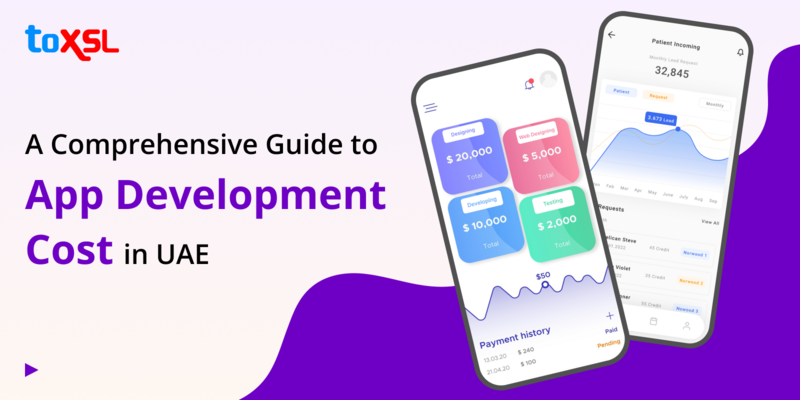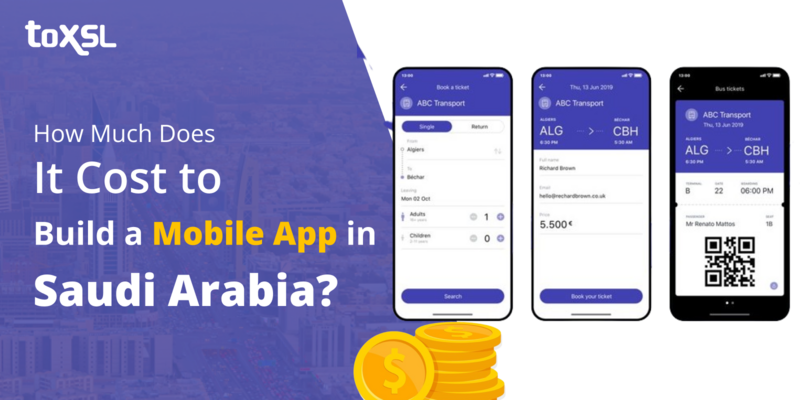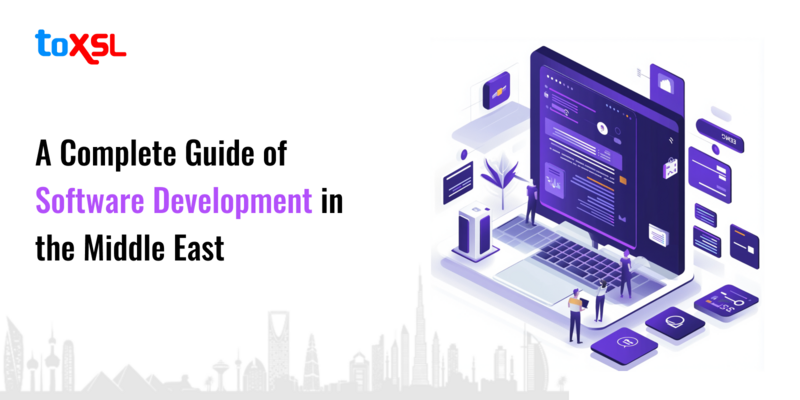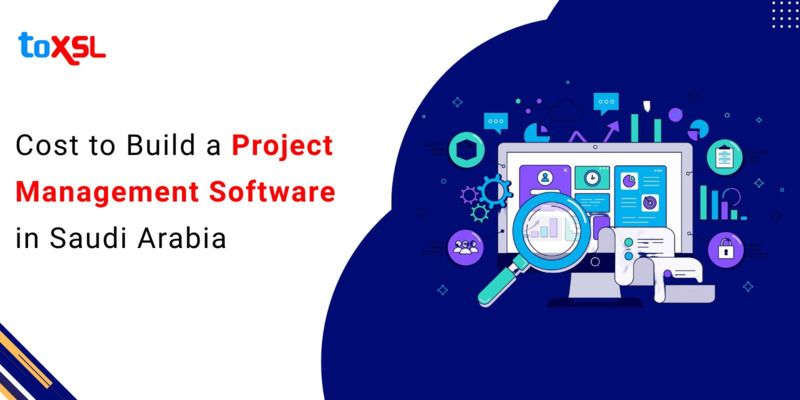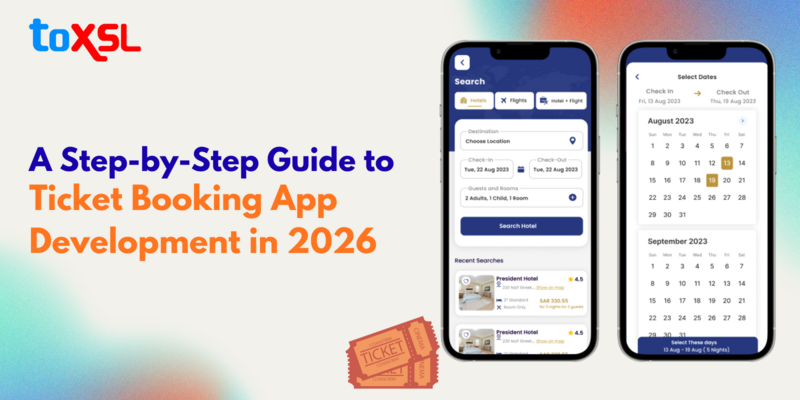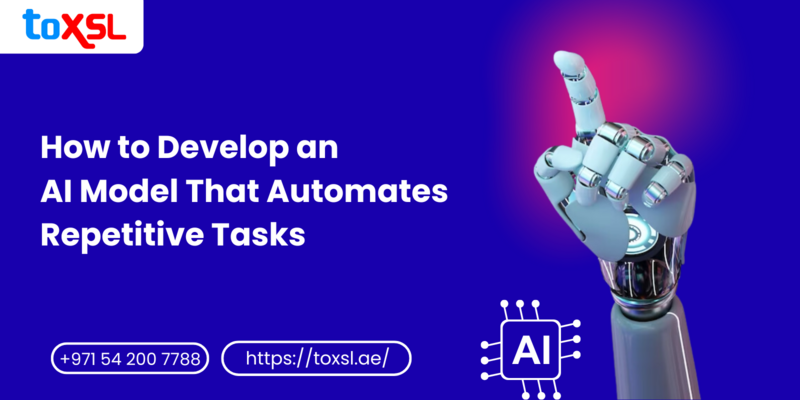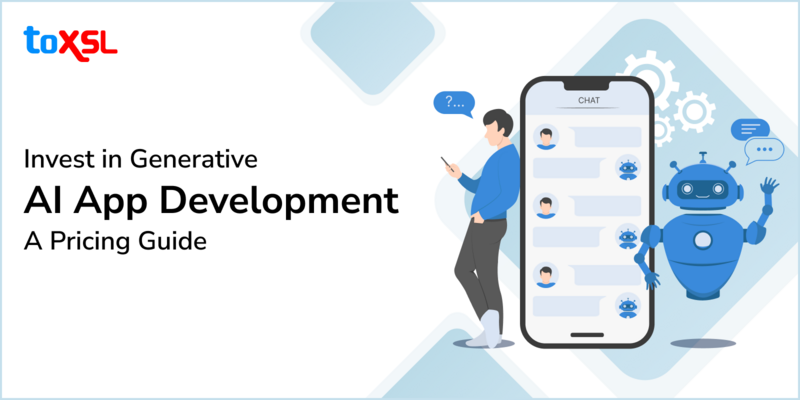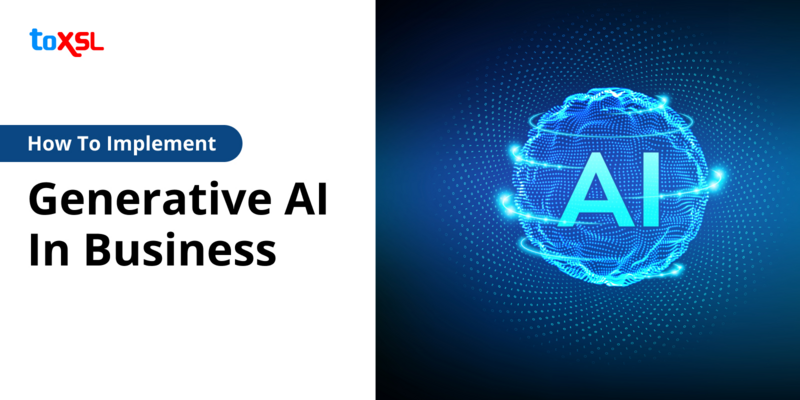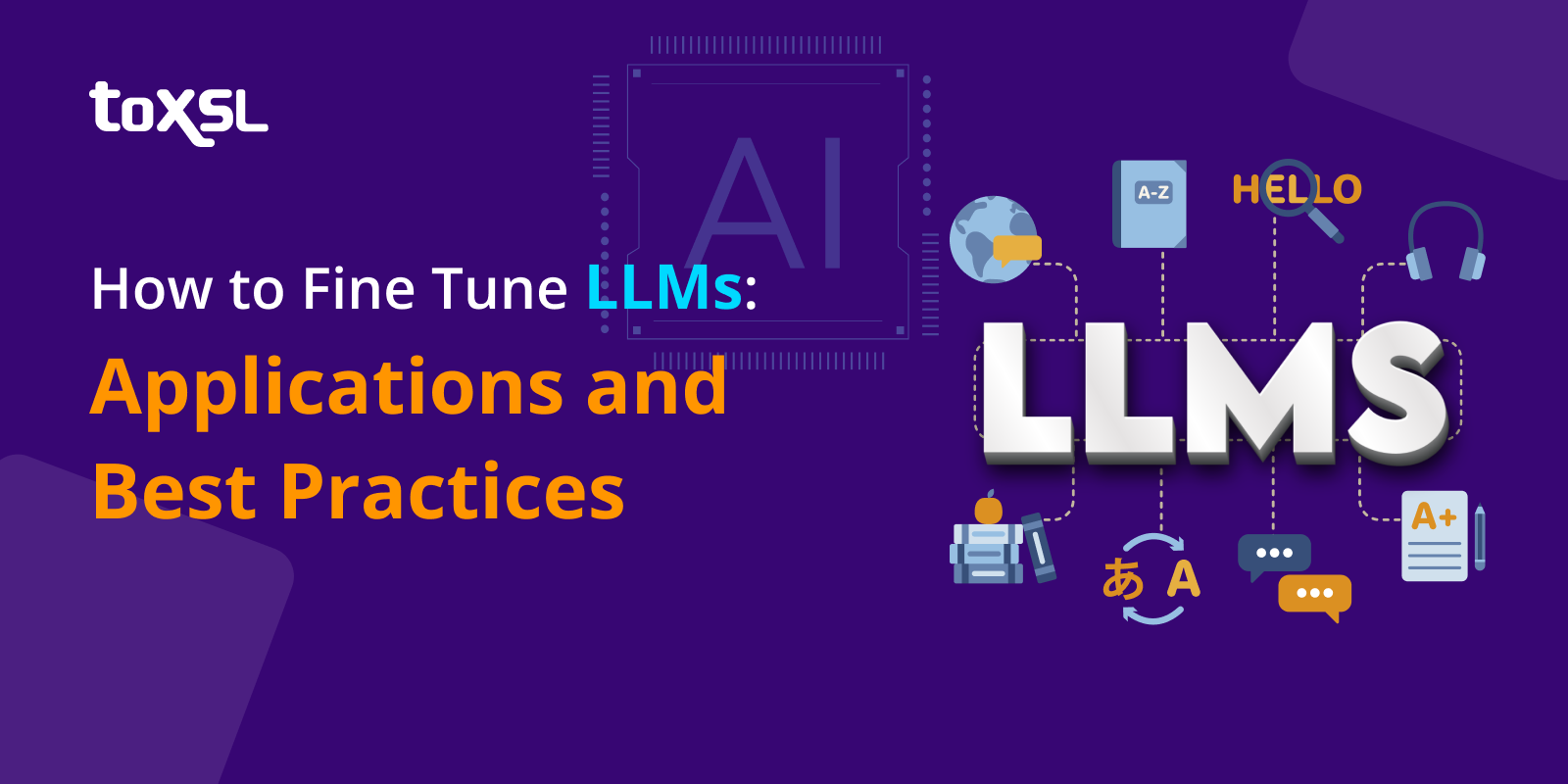
Fine-tuning large language models (LLMs) has emerged as a crucial process in the field of natural language processing (NLP). By customizing pre-trained models for specific tasks, organizations can enhance the performance and applicability of these powerful AI tools. This ultimate guide will explore the applications, methods, best practices, and challenges associated with fine-tuning LLMs, providing a comprehensive resource for practitioners and enthusiasts alike.
Understanding the Fine-Tuning of LLMs
Fine-tuning is a transfer learning technique that involves taking a pre-trained model—such as GPT-4, BERT, or other foundation models—and adjusting its parameters using a smaller, task-specific dataset. This process allows the model to retain its general language capabilities while gaining expertise in a particular domain or task.
Why fine-tune LLMs?
1. Domain Adaptation: Pre-trained models are trained on vast datasets that may not include domain-specific terminology or context. Fine-tuning allows these models to adapt to specialized fields such as finance, healthcare, or law, improving their understanding and generating more relevant outputs.
2. Improved Accuracy: Fine-tuning enhances the model's ability to produce accurate and contextually appropriate responses. By training on data that reflects the specific language and requirements of a task, fine-tuned models can significantly outperform their general counterparts.
3. Personalization: Businesses can fine-tune LLMs to align with their brand voice and customer interaction strategies. This is particularly beneficial for customer service applications, where personalized responses can enhance the user experience and satisfaction.
4. Resource Efficiency: Fine-tuning is often more resource-efficient than training a model from scratch. Organizations can leverage the extensive training already done on foundational models, allowing them to achieve high performance with less data and computational power.
Applications of Fine-Tuned LLMs
Fine-tuned LLMs have a wide range of applications across various industries. Here are some key areas where they are making a significant impact:
1. Customer Service Automation: Fine-tuned LLMs can handle customer enquiries with human-like understanding. By training models on historical customer interactions, businesses can create chatbots that provide accurate and contextually relevant responses, reducing the workload on human agents. Example: A retail company employs a fine-tuned LLM to manage online customer queries, ensuring quick and effective responses that enhance customer satisfaction.
2. Content Generation: Marketing teams can utilize fine-tuned LLMs to create tailored content that resonates with their target audience. From product descriptions to blog posts and social media content, these models can generate engaging material that aligns with brand messaging. Example: A travel agency uses a fine-tuned LLM to develop personalized travel itineraries based on user preferences, improving engagement and conversion rates.
3. Data Analysis and Insights: Fine-tuned LLMs are adept at processing unstructured data, such as customer feedback and social media interactions. By focusing on industry-specific language, these models can extract valuable insights that inform business strategies. Example: A healthcare provider analyzes patient feedback using a fine-tuned LLM, identifying common concerns and areas for service improvement.
4. Document Summarization: In industries where large volumes of text need to be processed, fine-tuned LLMs can summarize documents effectively, providing concise and relevant information quickly. Example: Legal firms use fine-tuned models to summarize lengthy contracts and legal documents, saving time and resources.
5. Language Translation: Fine-tuned LLMs can enhance translation services by adapting to specific dialects or industry jargon, ensuring more accurate and contextually appropriate translations. Example: An international business fine-tunes a model to translate technical documents, improving communication across global teams.
Best Practices for Fine-Tuning LLMs
To achieve optimal performance when fine-tuning LLMs, practitioners should adhere to the following best practices:
1. Define Clear Objectives: Before beginning the fine-tuning process, it is essential to define the specific tasks the model will perform. Clear objectives guide the selection of data and the evaluation of model performance.
2. Select the Right Pre-Trained Model: Choosing an appropriate pre-trained model is critical. Organizations should consider the model's architecture and its suitability for the specific task at hand. Models like GPT-4 or BERT may be more effective for certain applications than others.
3. Data Quality and Quantity: The quality and relevance of the fine-tuning dataset significantly impact the model's performance. Ensure that the dataset is clean, well-structured, and representative of the task. A larger dataset can improve generalization, but quality should not be compromised for quantity.
4. Hyperparameter Tuning: Fine-tuning requires careful tuning of hyperparameters, such as learning rate, batch size, and the number of training epochs. Experimenting with different settings can help identify the optimal configuration for a specific task.
5. Regular Evaluation: Continuous evaluation during the fine-tuning process is essential. Use a validation dataset to monitor the model's performance and make necessary adjustments to prevent overfitting or underfitting.
6. Avoid Overfitting: Overfitting occurs when an AI model learns the training data too well, resulting in poor performance on unseen data. To mitigate this risk, use techniques such as dropout, early stopping, and regularization, and ensure the training dataset is sufficiently diverse.
7. Monitor for Catastrophic Forgetting: When fine-tuning, there is a risk that the model may lose its general language understanding, known as catastrophic forgetting. To address this, consider using techniques that maintain a balance between retaining general knowledge and adapting to specific tasks.
8. Ensure Data Privacy and Security: When fine-tuning sensitive data, organizations must prioritize data privacy and security. Implement measures to protect proprietary information and comply with relevant regulations.
Also Read: Why is LLAMA 3.1 Better Than Other AI Models?
Challenges in Fine-Tuning LLMs
While fine-tuning offers numerous advantages, it also presents several challenges that practitioners must navigate.
1. Computational Resources: Fine-tuning large models can be computationally intensive, requiring significant hardware resources. Organizations should assess their infrastructure and consider using cloud-based solutions if necessary.
2. Expertise Requirements: Fine-tuning LLMs effectively requires a certain level of expertise in machine learning and NLP. Organizations may need to invest in training or hiring skilled AI developer to manage the process.
3. Balancing Generalization: Finding the right balance between generalization and specialization is crucial. While fine-tuning enhances task-specific performance, it is important to retain the model's ability to perform well across a range of tasks.
4. Data Availability: Access to high-quality, domain-specific datasets can be a challenge. Organizations may need to invest time and resources in curating or generating suitable datasets for fine-tuning.
Conclusion
Fine-tuning large language models is a powerful technique that enhances their performance and applicability across various domains. By automating routine tasks, improving recruitment processes, and providing data-driven insights, fine-tuning transforms the landscape of LLMs. However, organizations must also navigate the challenges associated with fine-tuning, ensuring that they prioritize data privacy, ethical considerations, and employee engagement. As businesses continue to evolve in the digital age, leveraging fine-tuning in LLMs will be crucial for success.
ToXSL Technologies is at the forefront of this transformation, providing innovative solutions that help organizations harness the full potential of fine-tuning in their AI applications. By embracing fine-tuning, organizations can create a more efficient, productive, and engaged workforce, ultimately driving their success in a competitive marketplace.
If you’re ready to take your AI initiatives to the next level, consider partnering with ToXSL Technologies. Our team of experts can guide you through the fine-tuning process, ensuring that your LLMs are optimized for your specific needs. Contact us today to learn how we can help you unlock the full potential of your AI applications and drive your business forward!

